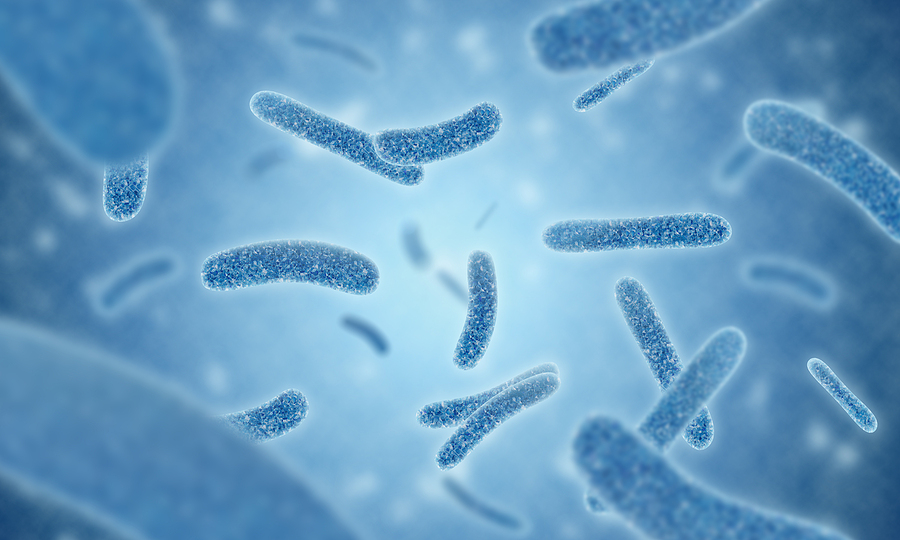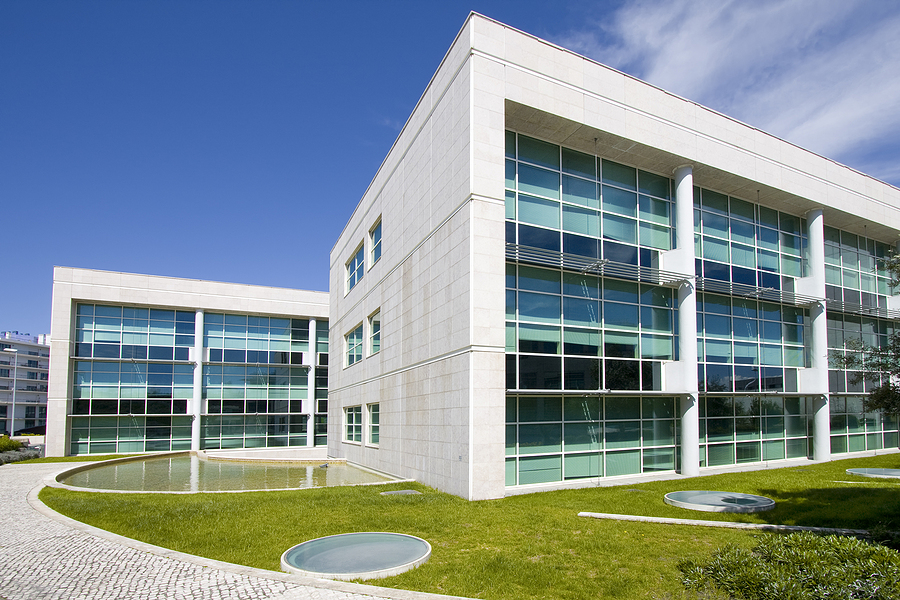
As Closed Buildings Reopen, Legionella Is a Big Concern
As buildings sit idle for long periods of time, the risk of Legionella growth in their water systems rises. With many buildings remaining empty over the past year due to COVID-19 closings, concerns regarding Legionella growth and Legionnaires’ disease are high. As closed buildings reopen and employees return to work, it’s vital to ensure your building’s water is safe.
What is Legionella?
More than 60 species of Legionella bacteria exist, but Legionella pneumophila bacteria account for the majority of Legionnaires’ disease cases. People can be exposed to Legionella bacteria when they inhale aerosols contaminated with it: Showering, splashing water, and decorative water features, as well as blowdown from cooling systems or heat exchangers can create exposure. Legionella bacteria is not contagious in that it cannot be spread from one person to another, but a contaminated water system can lead to an outbreak.
When exposed to Legionella, some people can contract Legionnaires’ disease, a severe and potentially deadly form of pneumonia; others develop a milder, flu-like illness called Pontiac fever. Those most at risk of illness include smokers, the elderly, healthcare facility occupants, and the immunocompromised, but anyone exposed to Legionella-contaminated water is put at risk.
Symptoms can develop 2-10 days after exposure to a sufficiently high dose of Legionella bacteria, and can include headaches, muscle pain, chills, fever, cough, and shortness of breath. In some cases Legionnaires’ disease can result in death by respiratory failure, septic shock, or kidney failure.
The CDC has named Legionella bacteria the most common and largely preventable cause of reported drinking water-associated waterborne disease outbreaks in the past decade.
Risk Factors for Legionella Growth
Legionella bacteria is common in warm, freshwater environments (such as lakes and streams) as well as soil. They can also grow in building water systems within biofilms (slimy coatings) on pipe walls. Legionella can survive inside some protozoa that also live in these biofilms, where they are partially protected from disinfectants. This creates conditions that are ripe for Legionella growth.


Contamination can occur at any point during the route from the water treatment plant, through distribution pipe networks, and into in-building plumbing systems. Water pressure drops and pipe leaks or breaks can allow water to be contaminated by Legionella bacteria from groundwater and soil. Corrosion can mobilize biofilms and other sediments that release Legionella bacteria (this was the case in Flint, Michigan beginning in 2014).
Buildings that sit idle for long periods of time are significantly more susceptible to the growth of Legionella bacteria. As a building’s water system sits stagnant, residual disinfectant levels in the water drop or disappear entirely, allowing bacteria to grow. Lowering the temperature of hot water tanks (as is often done to conserve energy) can potentially create even more favorable conditions for Legionalla growth, as cooler water will not kill the bacteria like 140°F+ water will.
Prevention and Remediation of Legionella
There are several prevention tactics that can help reduce the risk of Legionella growth in a building’s water system. Start with the following:
- Maintain consistent hot water temperatures of around 131°F at all taps, and system and hot water tank temperatures of 140°F-149°F.
- Maintain an adequate disinfectant residual in building plumbing. Read our recent article on biocides to consider for minimizing legionella risk here.
- Test regularly for the presence of Legionella. View our list of Legionella testing methods in this recent blog post.
In addition, the American Council of Chemistry offers a free downloadable booklet providing information to help building managers, engineers, and facility owners better understand the risks of Legionella in their building’s plumbing and how to manage those risks. You can find that booklet here.
Legionella can become a serious problem in stagnant water systems, so it’s important to ensure that your water supply is safe as you reopen for business after a long absence. If you do find that Legionella bacteria has grown in your water system, Chemtex can help with remediation strategies to bring your water back to safe levels.
Contact Chemtex any time to consult on testing methods, water system maintenance, and Legionella bacteria remediation plans—we’re always happy to talk about how to keep your water systems safe and healthy.



/NQA-ISO-9001-Logo-ANAB.jpg)